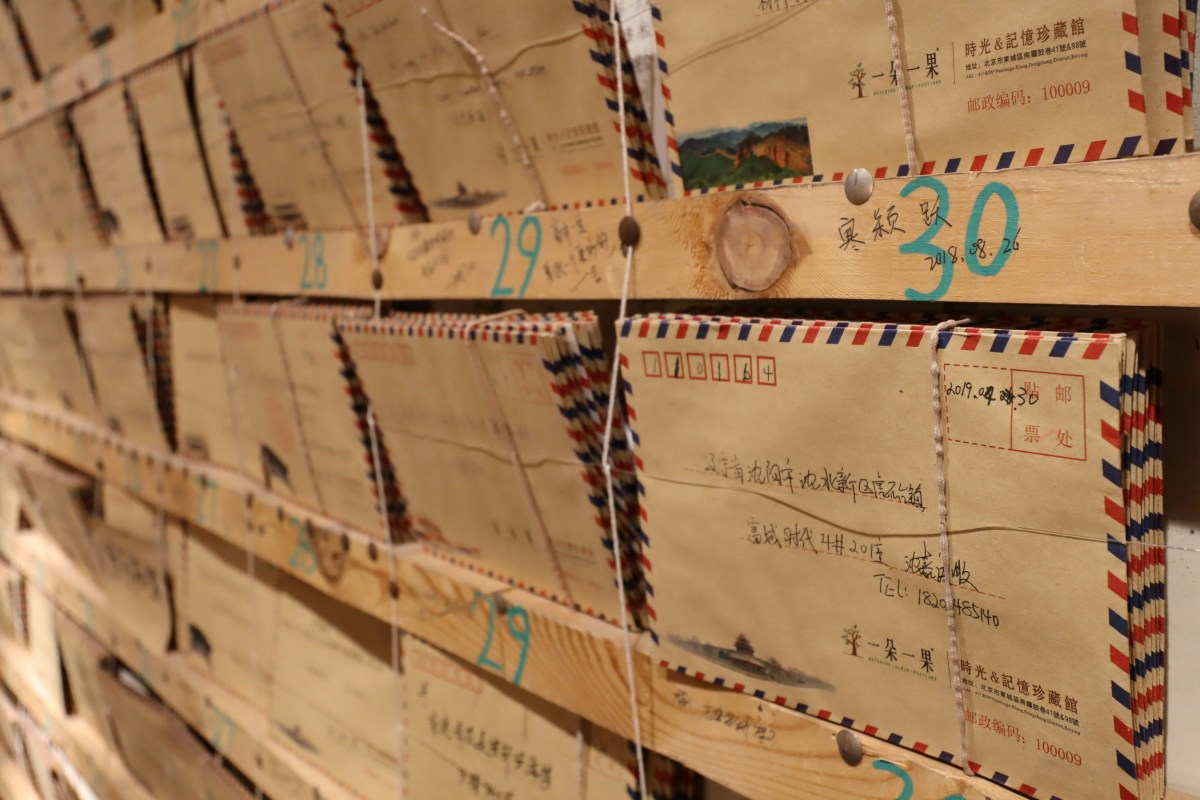The Short Story Series
Make Sure It’s Ready
Writing a brilliant short story isn’t enough. When it comes time to submit, you’re in a competition with every other author who’s submitting to the same magazine, anthology or contest. And often, that’s hundreds of other people—hundreds of other stories—you’re going up against. Make sure to seek out critique and make revisions. Polish that story until it shines.
If your story is accepted, an editor may certainly ask for changes, but you still need to show your very best work up front if you want to get that far. Editors and readers are looking for any excuse to reject your story to whittle down that huge pile of submissions. Don’t give them an easy excuse like typos or sloppy grammar.
Where to Submit
The first thing you need when submitting a short story is someplace to submit to. Hopefully you’ve been reading short stories, because this is a great way to do field research on publications in your chosen genre(s). The publishing landscape is ever-shifting, but it’s a good idea to read widely to get a sense of who the heavy hitters are.
For example, as someone who writes a lot of sci-fi and fantasy, I know that The Magazine of Fantasy and Science Fiction, Analog Science Fiction And Fact, and Asimov’s Science Fiction are three of the biggest speculative fiction magazines. They’ve been around for decades and pay professional rates for short stories. There is a prestige to getting published by them. However, there are a number of other magazines and websites that are popular and pay well, and an even larger number of smaller magazines and websites that often fill specific niches and tend to pay less.
Ultimately, what you want to do is understand your options and match your story to the places with the best chance of accepting it. The best way to do that is to read some sample stories and look at the submission guidelines.
Submission Guidelines
Most actively publishing magazines, open contests, and anthologies with open submissions will post submission guidelines on their website. Submission guidelines are just the publisher’s description of what kinds of submissions they want, and how they want to receive them.
Tools like Duotrope and Submission Grinder collect the submission guidelines of many different publications and make them easier to search, so these can be a real boon. However, they sometimes take a while to add new publications, remove defunct ones, or update guidelines that have changed. Always, always, always double-check the publication’s website, and follow those guidelines if there’s any discrepancy.
Submission guidelines typically have some subset of the following:
- Genres, Subgenres or Topics – A description of the kind of stories the editors like. This can be very broad (“hard science fiction”) or considerably more specific (“steampunk,” “stories related to climate change”). Contests and anthologies often have a theme, and even big magazines will sometimes have “theme issues.”
- Word Count – Most publications have hard limits on the size of story they will accept. They might also note the size of story that they prefer, even if they occasionally accept larger submissions.
- Submission Windows – Anthologies and contests always have cutoffs, because they eventually have to publish or judge. Some magazines only accept submissions at certain times.
- Pay Rate – Legitimate publishers say up-front how much they will pay. This is often a rate like X cents per word, although you will sometimes see a flat payment per story/poem. What counts as a “professional rate” is often decided by your genre’s professional organization. For example, the SFWA currently considers 8¢/word to be the minimum for sci-fi and fantasy.
- Form and Formatting – Some publications only accept stories sent as Word documents to an email address. Others have a form directly on their website for submission. They may specify a specific font, font size, or line spacing. These may sound pedantic, but they’re designed to make it as easy as possible for the editors to wade through a sea of submissions. You do not want to be the person who makes an editor’s life a little more difficult.
- Response Time – Submitting stories is slow! Most publishers take weeks or months to respond to a submission. Patience is a virtue, but if you wait for the specified response time and don’t get anything, you should feel free to reach out to the publisher, or move on and submit that story somewhere else.
- Other Stuff – Submission guidelines may also say whether a publication accepts simultaneous submissions (sending one story to multiple publications at the same time), multiple submissions (sending several stories to the same publication at the same time) or reprints and translations. As a rule, don’t send any of these things unless it’s explicitly allowed.
Formatting
There is a standard format for short stories, and the incredibly detailed visual guides on William Shunn’s website have become the go-to place for writers to find them. Remember, the specific instructions within a publication’s submission guidelines should always be followed first. If the instructions aren’t specific on a particular point or leave something out, you can default to Shunn’s recommendations.
Submission Considerations
When you first finish a short story, there will probably be a number of publications that fit your story. The next step is to decide which of them to submit to first.
Consider starting with the best pay or highest prestige. Sure, I’m less likely to have my story accepted by Analog than a smaller magazine, but if they do accept it, I’m getting an excellent pay rate, and a really nice publication credit. If they reject it, I can always send it out to another.
There are other approaches, however. If you’ve found several potential publishers who accept simultaneous submissions, you can send your story to all of them at once. Simultaneous submission can really speed up the submission process, where you’re often waiting weeks or even months for a reply.
If one or more of your potential publishers has a submission window, you may want to submit to them while it’s open. If they reject it, you can submit to the others at any time.
Tracking Submissions
When you’re submitting your first short story, it may seem silly to talk about tracking your submissions. After all, it’s your baby, your pride and joy, and that publisher will surely love it. And even if it gets rejected, it’s not that hard to keep track of one story.
The truth is that writing and submitting short stories is a grind. Statistically, most publishers don’t take simultaneous submissions, it usually takes weeks to get a response, and most stories don’t find a home on their first submission. If you’re going to write short stories, you’re likely to end up with multiple short stories out for submission at once. Possibly a lot of them. You’re going to get rejections. And you’re going to have to keep writing.
Tracking your submissions ensures you know what stories are currently out, who has already looked at them, and who’s looking at them now. You’ll want to track the expected response time so you know when to check your spam folder, send a query, or give up and send to another publisher. You may want to make a list of the publications you’re interested in sending a particular story. You might also find it a useful place to track acceptances and payments (don’t forget those taxes!)
If you want to do your own tracking, Excel spreadsheets and Google Docs are infinitely flexible, and as long as you’re willing to put in the effort, you can craft exactly what you want. Alternatively, both Duotrope and the Submission Grinder have built-in submission tracking, and tracking your statistics in those systems helps to build statistics that can be useful to everyone.
Rejection
The hard part of the short story grind is the rejection. Nobody likes pouring their heart and soul into a story, only to be told that it’s not good enough. Unfortunately, the simple math of publishing is that there are far more stories being submitted than there are slots for publication. The majority of stories are never published.
The way to fight that math is to craft the best story you can, and then submit as much as you can. More (good) stories and more submissions raise your odds. You will need to build up the fortitude to be rejected over and over again and keep on going.
It’s also important to note that not all rejections are created equal. There are a few different kinds:
- Form rejections – These are most common. The story didn’t pique the interest of the publication.
- Higher-tier rejections – These may still be form rejections, but they usually mention that the editors were interested, or that they considered the story but ultimately didn’t find a spot for it. Some publications have multiple tiers of readers, and the story didn’t get all the way to the top.
- Personalized rejections – These are rare and valuable. They are specific to you and your story, and explain in more detail why the story didn’t quite make the cut. If you’re lucky, they may suggest improvements or invite you to submit more work to this publisher.
While all rejection may seem bad, it’s a great sign to receive any personalized feedback from a publication. These people are constantly wading through the slush pile of submissions and working on tight deadlines, so they only spend time on a personalized response when they really like something. Unfortunately, due to the complexities of publishing, they may really like your story and still not be able to publish it. Take it as a win, and move on.
More Advice
Finally, I’m going to point you to Aeryn Rudel’s new author starter kit.
Rudel is an incredibly prolific short story writer who tries to make 100 short story submissions every year. His blog is a great general resource when it comes to writing and submitting stories, and his monthly recaps show just how much rejection even a successful author has to power through.
Submit!
At this point in the Short Story Series, we’ve been through all the basics of writing short stories. I’ll probably still have one or two more articles, but you know enough to get started. If you haven’t done it before, it may seem daunting to write a short story and send it off to a publisher. Great! The best way to gain experience is to try it.
Once your story is submitted you can forget about it for a few weeks and write something new. It’s the authorial circle of life. Don’t give up, and keep writing.

















